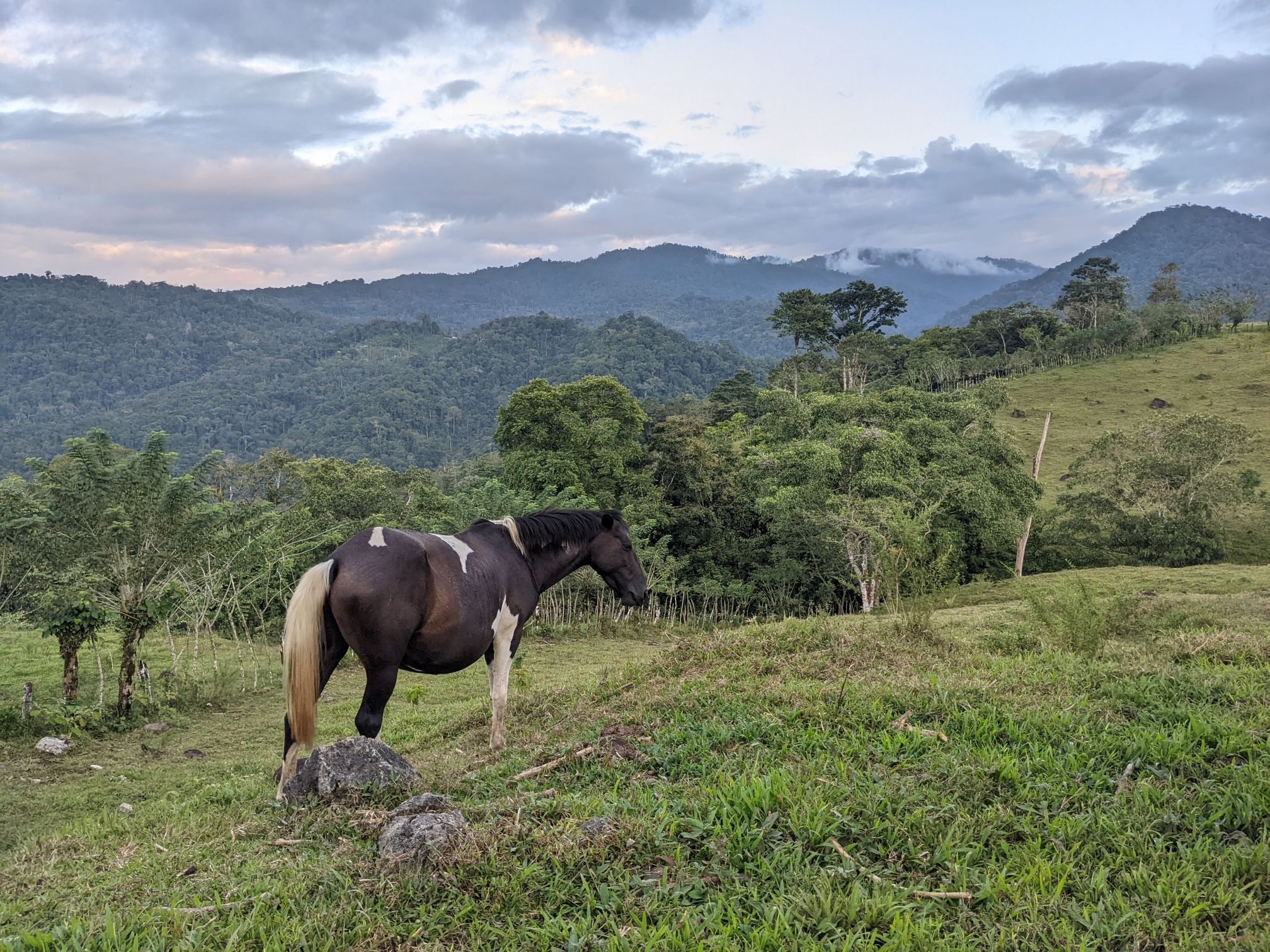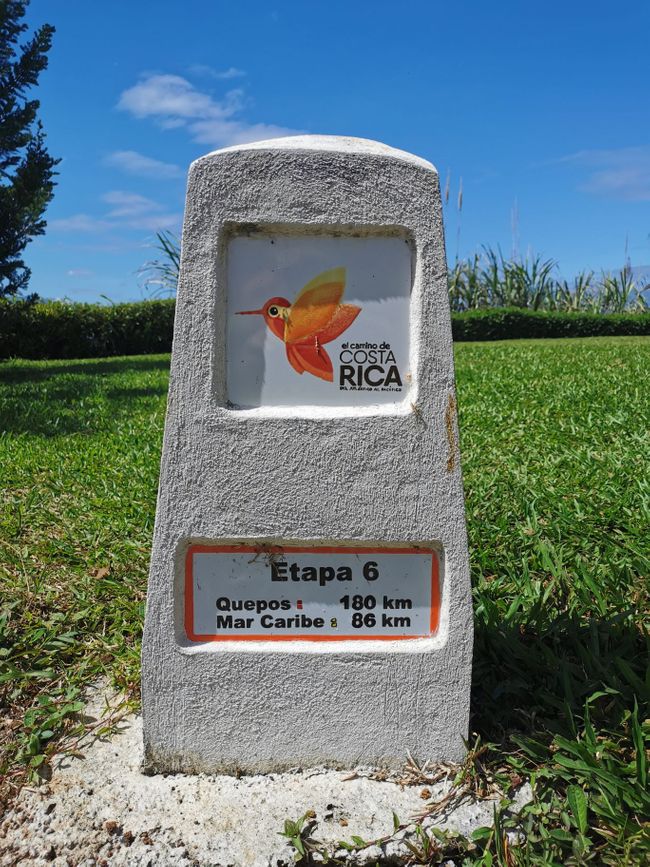5th Stage: Following the Butterflies
પ્રકાશિત: 06.01.2022
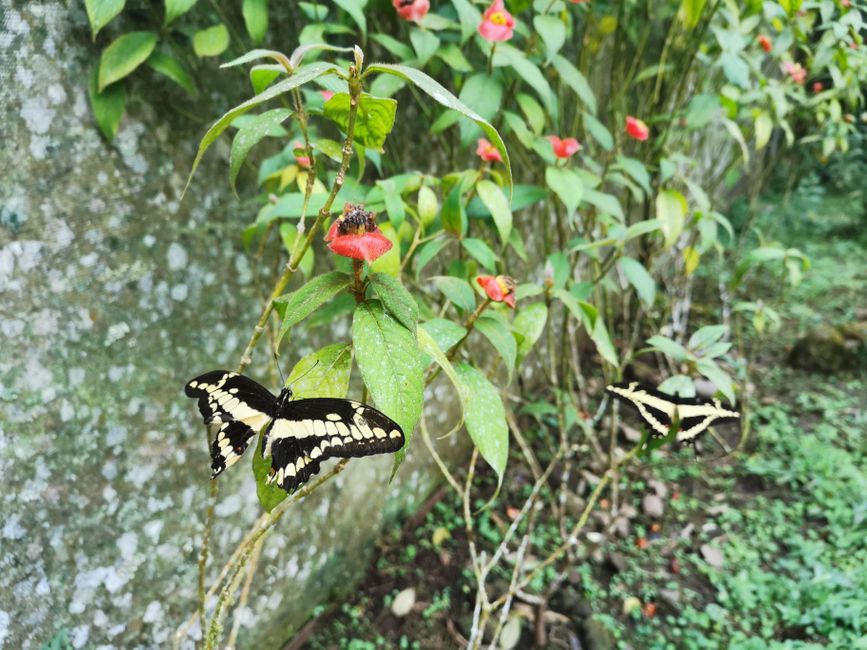
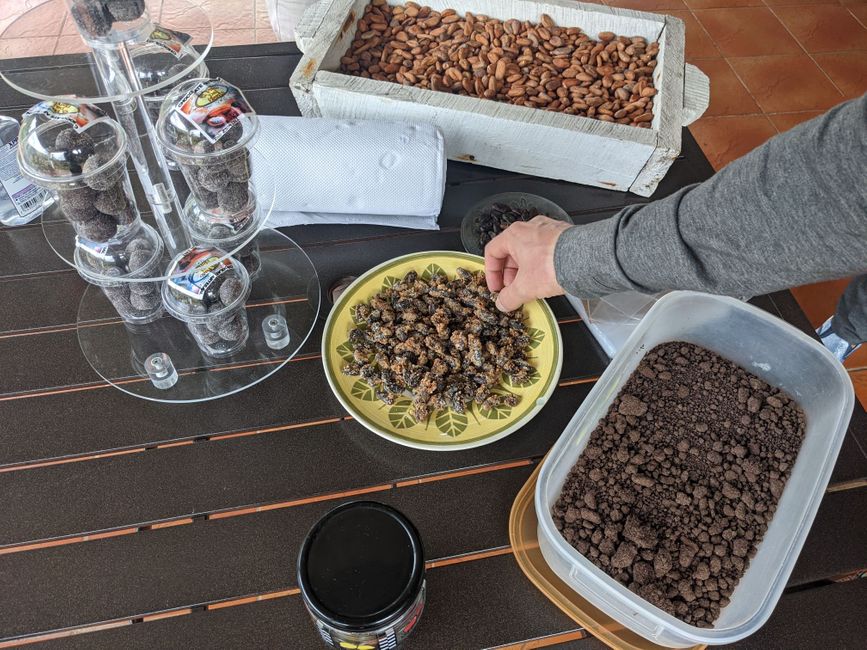
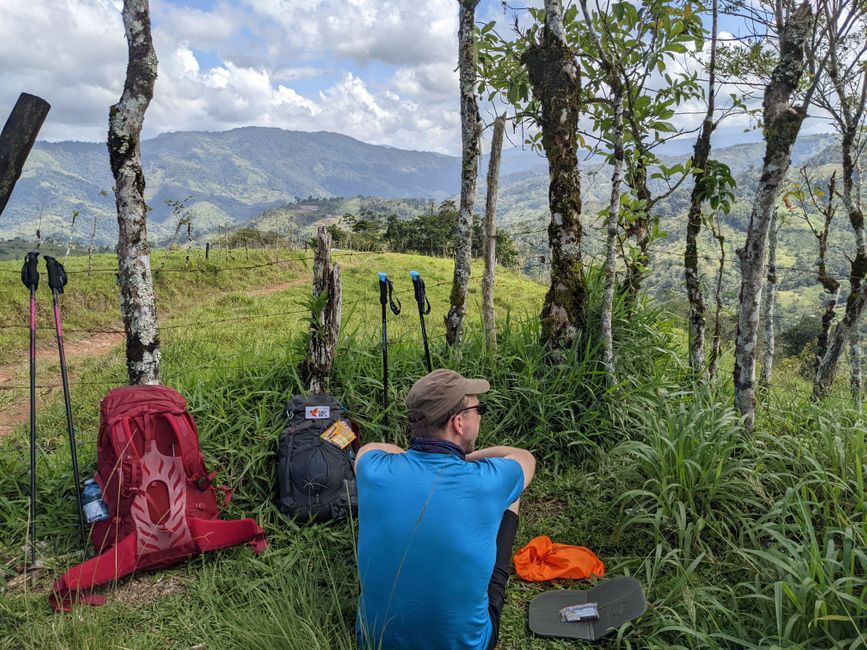
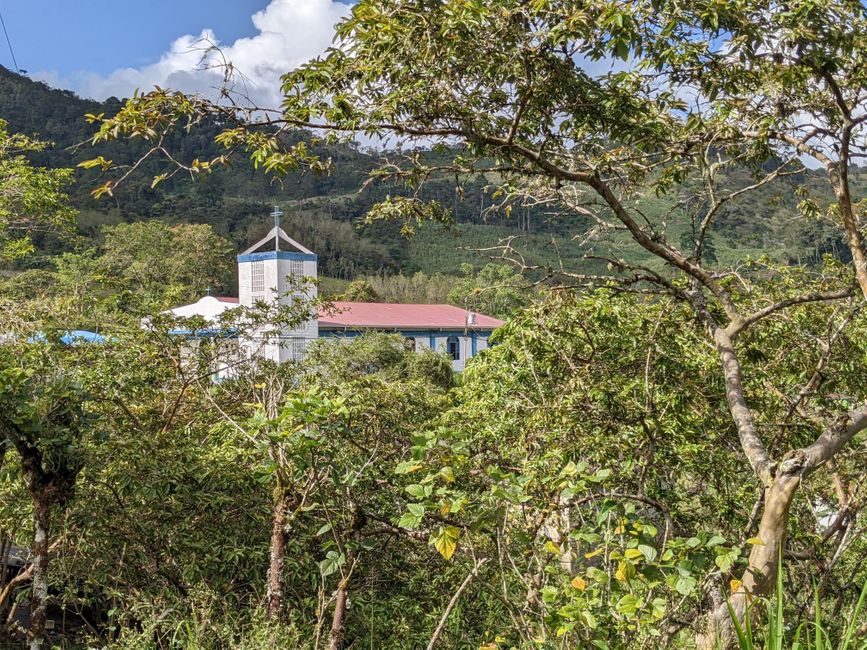
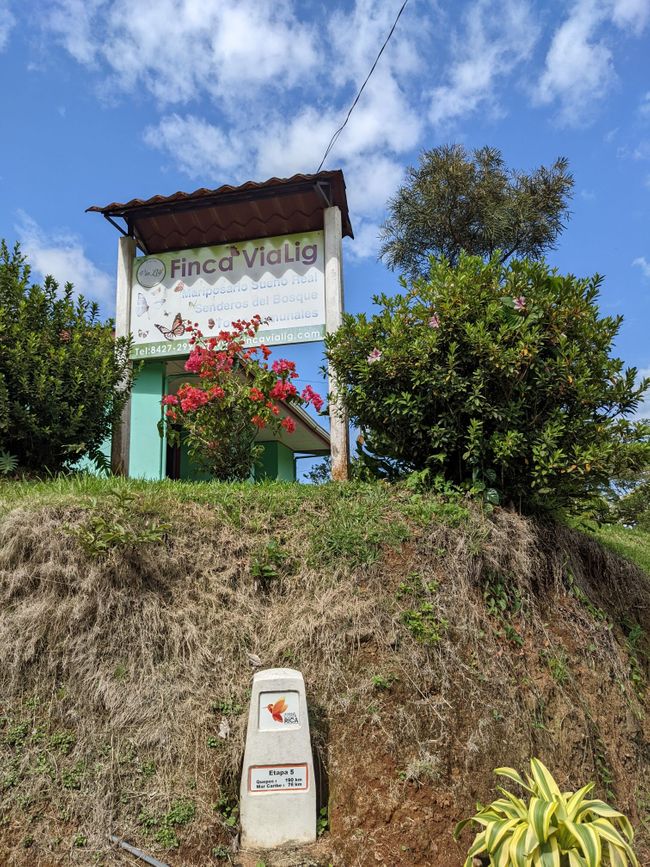
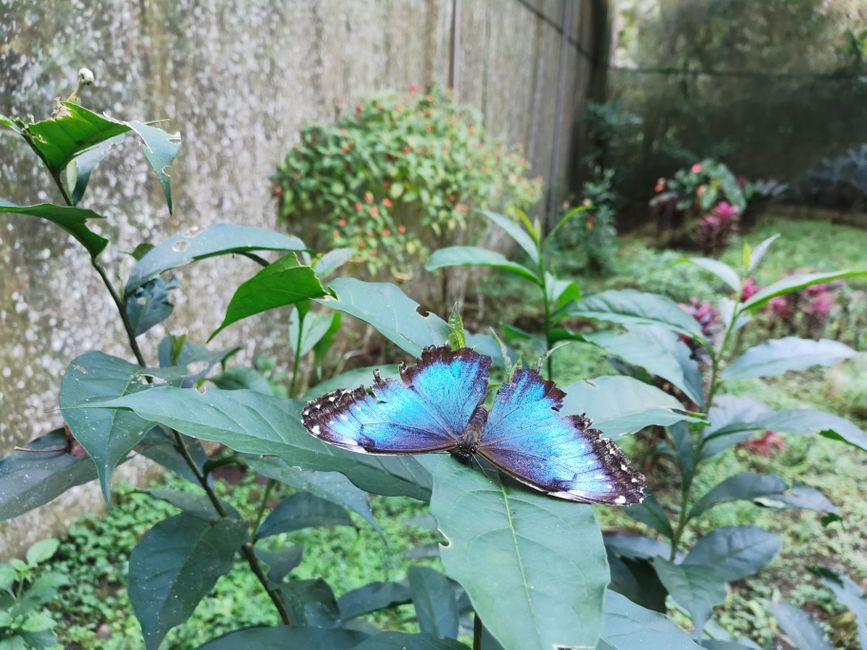
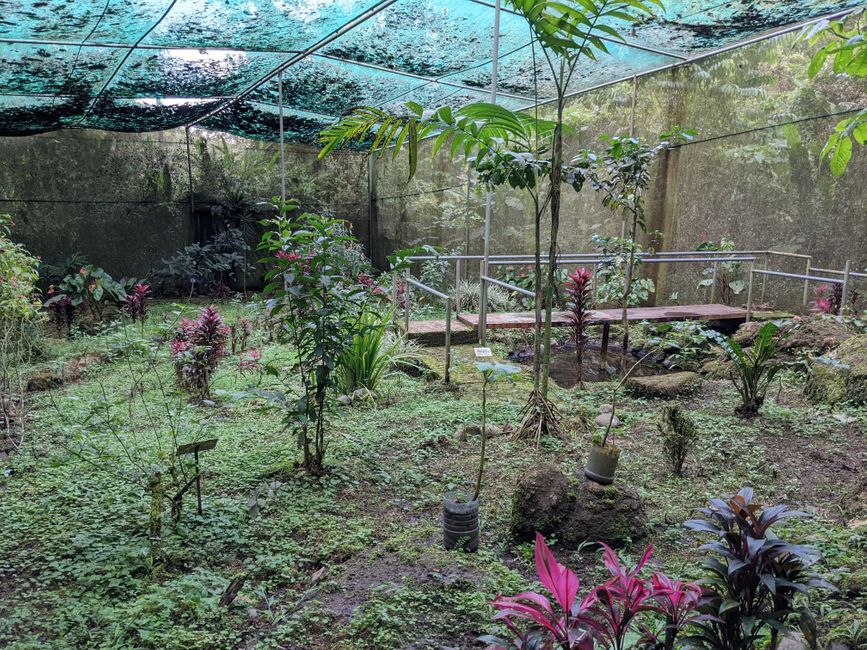
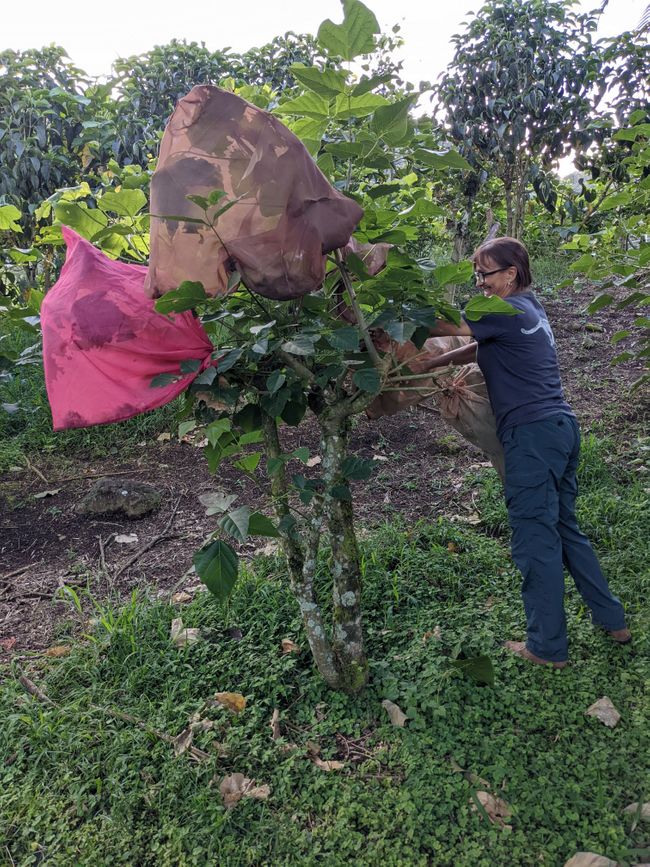
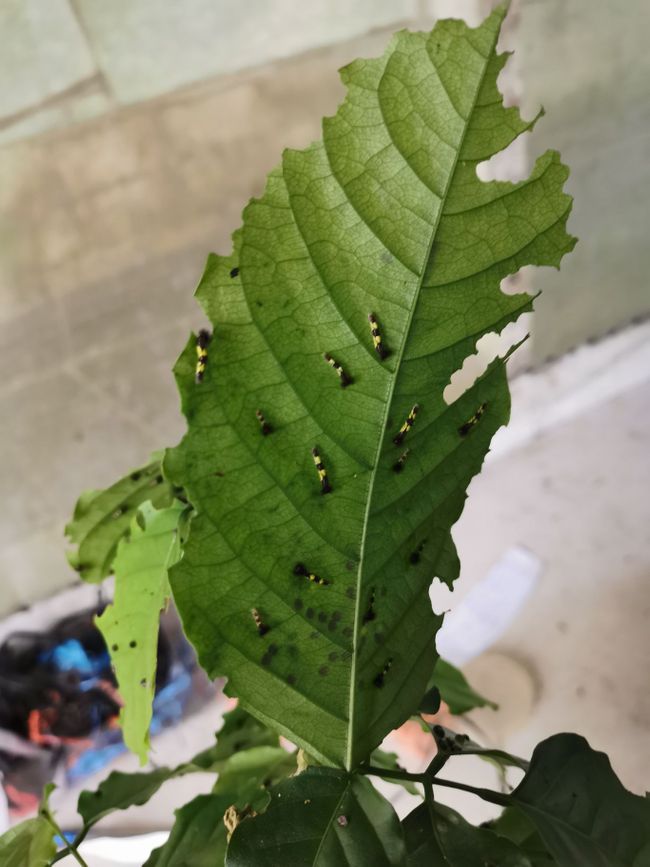
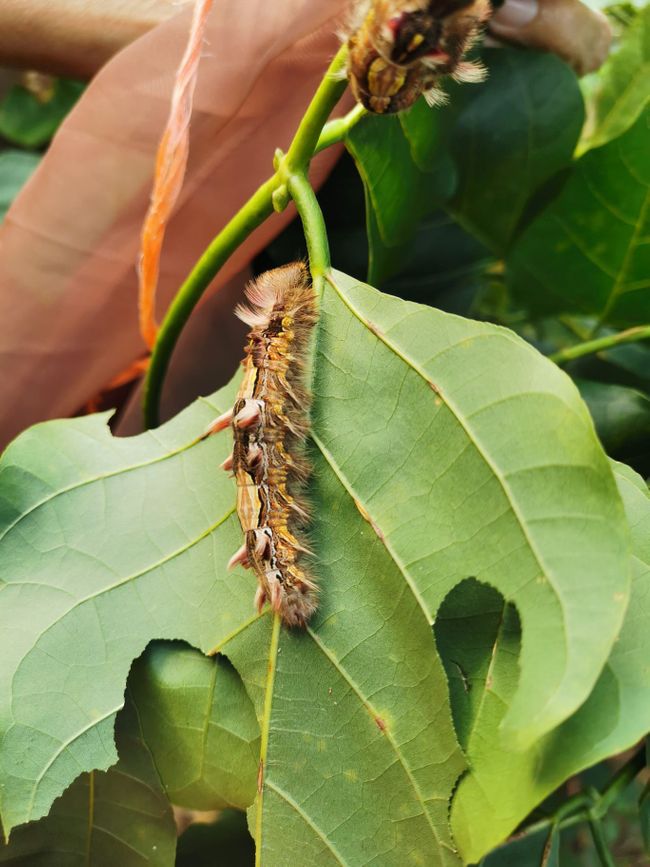
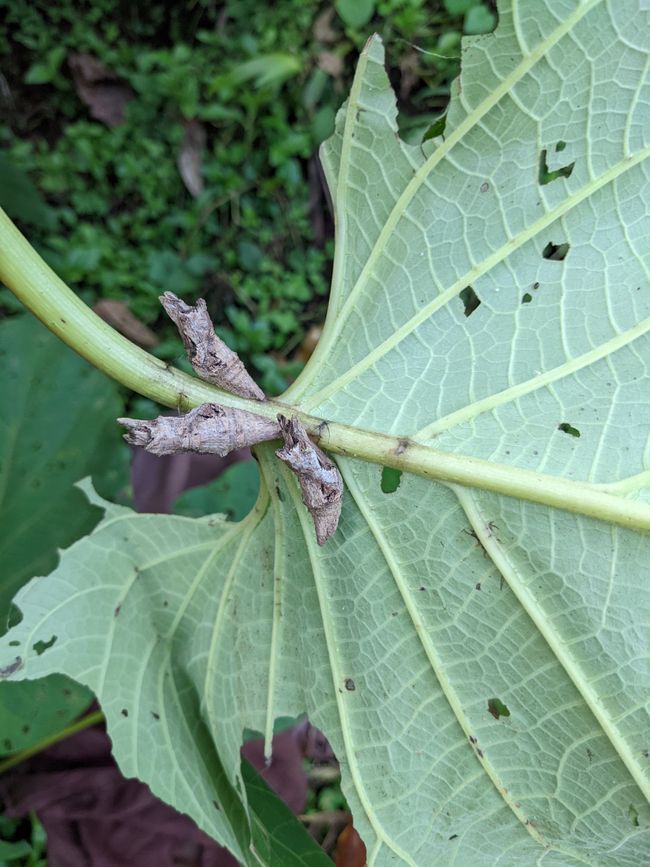
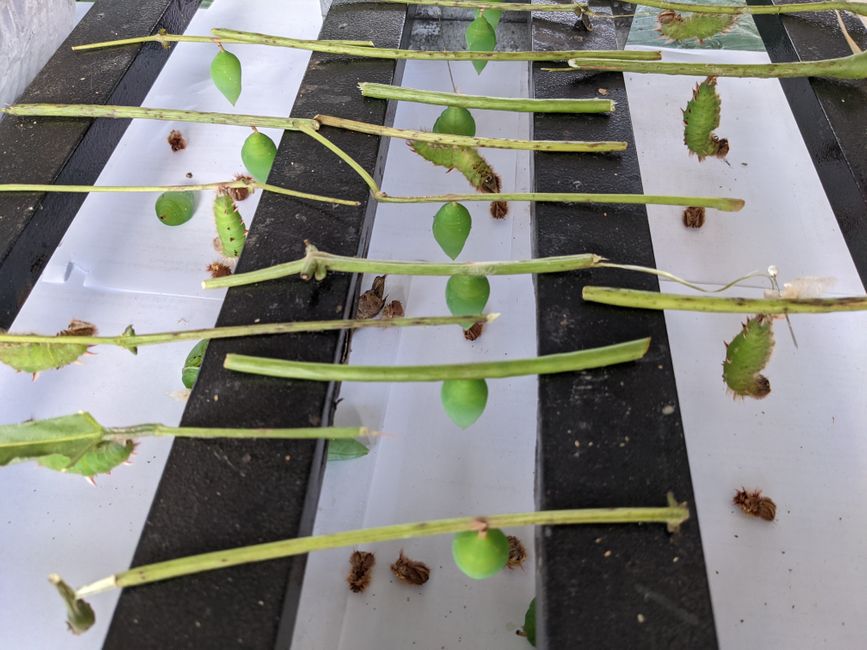
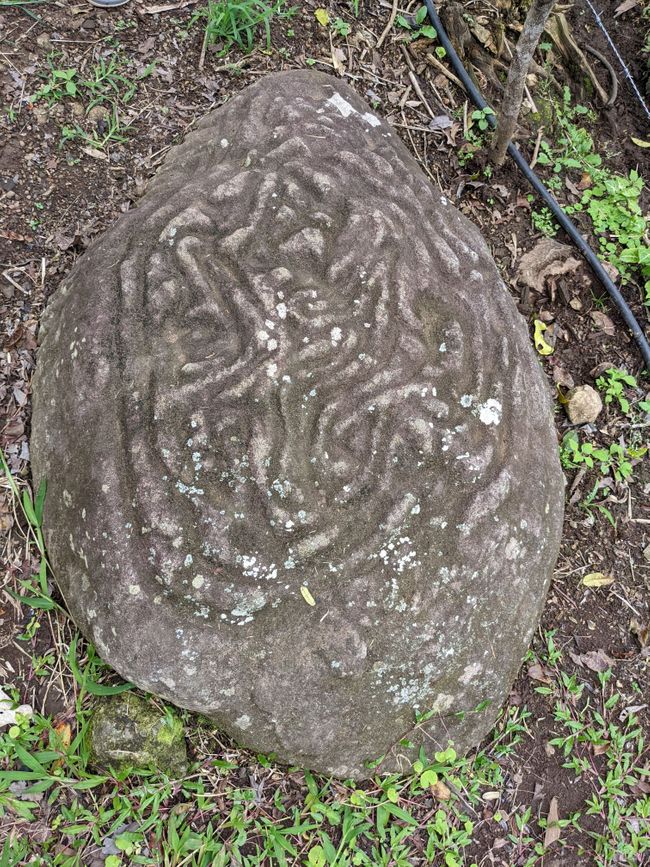
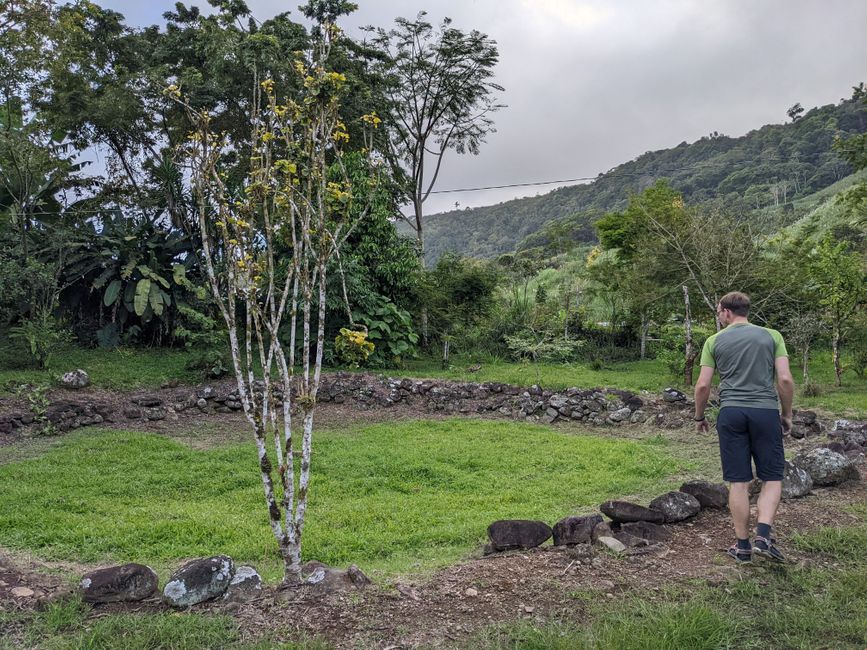
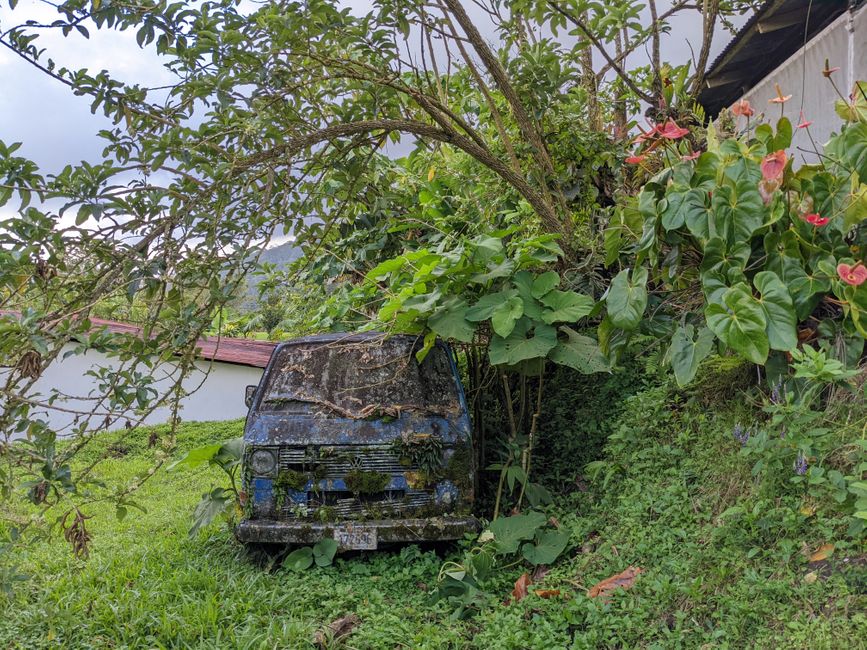
ન્યૂઝલેટર પર સબ્સ્ક્રાઇબ કરો
The night poured buckets of rain for hours, creating quite a noise on the corrugated roof of our Cabaña. After breakfast, we bought homemade cocoa balls (made from raw mass) and sugared cocoa nibs from the landlady as a cheap source of energy for the road. Then, we said goodbye to our friendly hiking group (two Swiss, an Italian living in Spain, a Costa Rican, and our guide), as from now on we will continue the rest of the Camino alone. We are a bit nervous to be on our own, but we are also excited to explore the country on our own. It took a lot of planning and preparation to find suitable accommodations and dining options on all stages, as the Camino still lacks continuous infrastructure, but with some knowledge of Spanish, everything is doable. Today, we have a short stage of about 12 km, perfect for getting used to the new weight of our backpacks (previously there was luggage transport). It is hot and sunny again today, so we start sweating after a short time. We enjoy walking up the lush hills, accompanied by numerous colorful butterflies crossing our path. Tonight, we are staying at the charming Finca ViaLig, where we have a room in the owner's house and share a bathroom. How nice it feels to have taken a refreshing shower after a sweaty hike! We immediately start chatting with the lovely owner, who gives us an authentic insight into local life, and we are happy that we can actually have a proper conversation with our Spanish skills. We are also allowed to do our dirty laundry there, which desperately needs it. In addition, there is a Mariposario on the huge property, where butterflies are bred. We receive a personal tour of the grounds and a detailed explanation and demonstration of every step of the breeding process, from the egg-laying butterflies in an aviary, to the smaller and larger caterpillars, to the pupae, only the flawless ones of which are released for export to the whole world. Two different types of butterflies are bred here, the large blue morpho butterfly (also known as the sky butterfly) and the black-yellow king swallowtail. What is interesting to us is that each of the two species uses a specific plant for egg-laying, which grows abundantly in the large area, so you only have to put a net over the respective branches where the eggs are located and then search for the caterpillars or pupae. Furthermore, we are amazed when we are shown stones with ancient engravings and symbols, as well as stone formations, which were made by indigenous natives who lived here in the past. A great conclusion was the fantastic dinner with freshly squeezed juices made from sweet guanábana (my favorite fruit) and refreshing carambola. Pura Vida!
ન્યૂઝલેટર પર સબ્સ્ક્રાઇબ કરો
જવાબ આપો
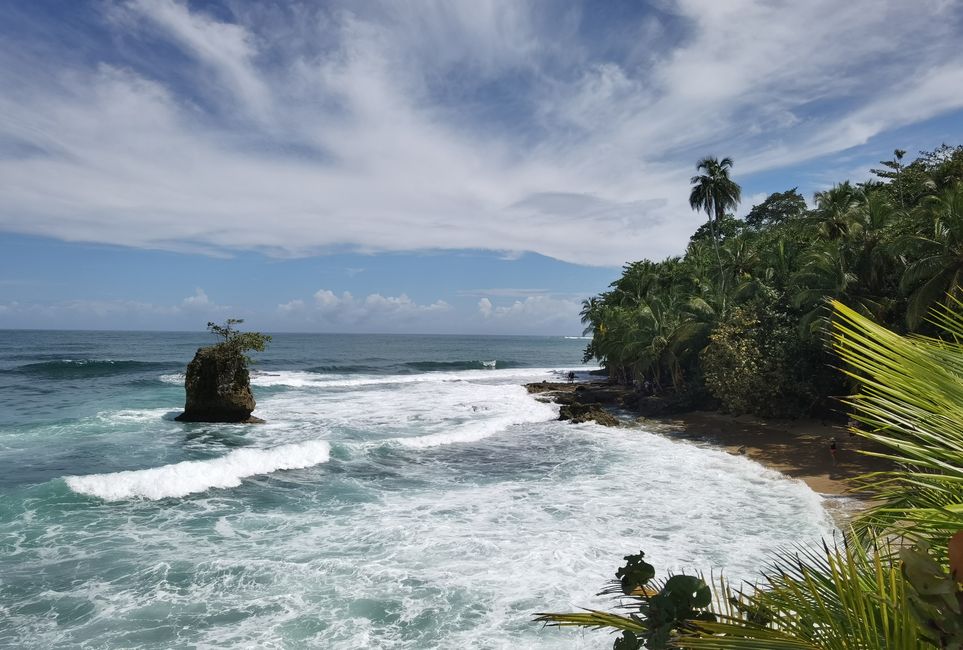
મુસાફરી અહેવાલો કોસ્ટા રિકા
